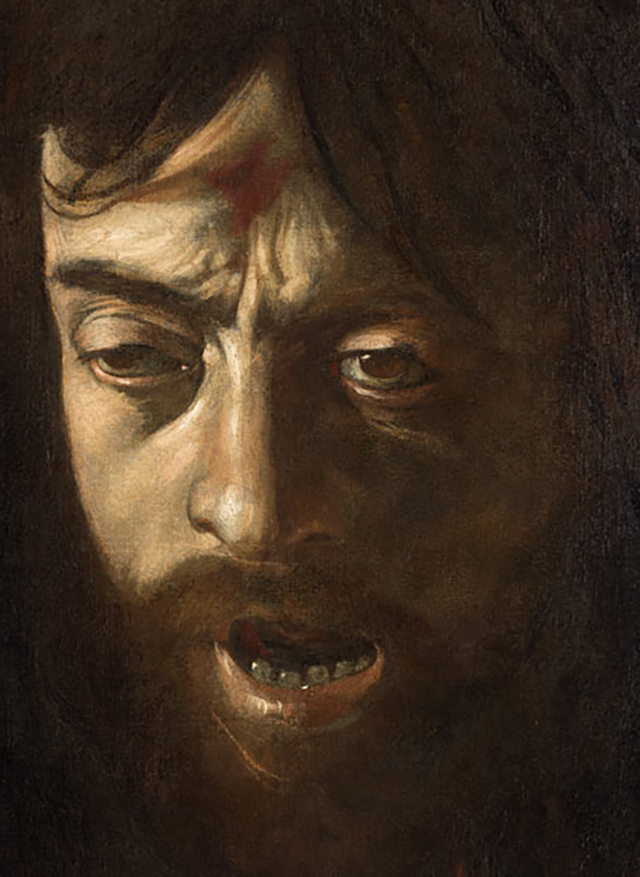Michelangelo Merisi: The Quintessential Modernist, The Great Caravaggio
Caravaggio was a small town boy that journeyed to the center of the world and set it aflame. In an era of Master workshops filled with apprentices and assistants, Caravaggio went it alone. All of his works are considered autograph and completely by his hand, a rare thing in those days. Overshadowed by darkness, he escaped more than once from the long arm of the law with a drying painting under his arm. The vileness of his life is dwarfed only by the greatness of his vision. Lost and rediscovered through the ages, his hand is perpetually painting from the grave. Declared worthless by some, horrific by others, he is said to have destroyed painting by Nicholas Pousin. He was never the less revered by many. Peter Paul Rubens recognized his greatness and even advised the private purchase of works deemed unsuitable by his church patrons. His influence cannot be understated. Breaking with tradition and considered the Father of Baroque painting, he took the solidly balanced sunlight world of the Renaissance, turned it upside down, dragged it into a dark room and birthed the modern age.
With a laissez fair attitude he began his career by painting what he pleased. Looking not to the masters of his age or those that went before him, he blazed a highly individualistic path. Influenced only by nature itself and his own desires he painted male prostitutes, young boys and sensuous fruit. Encouraged by a friend, he took on commissions from the church and began painting monumental works. However, he refused to give up his personal vision and veracity, many of his works were declared unacceptable, profane and a disgrace. Often taking subjects typically rendered in sunny daytime settings, he would turn them into night scenes or dark interiors. Using common women, some even well known local prostitutes, to model the Sacred Madonna’s. To say the least, his work was scandalous. With living flesh that seemed capable of walking off the canvas and into the town square, the typically idealized, heavenly Virgins of the past were destroyed. His brutal realism shocked the western world. He constantly tore down icons of accepted beauty and tradition, replacing them with contemporary renderings of real life. He brought the immediacy of experience to the public and dared them to participate, not just observe. 
Often depicting the pivotal moment of life and death, the gritty underbelly of society is laid out. In the cavernous prison of John the Baptist with his face pressed into the filthy ground and seen at the moment of having his throat slit, the barbarism of the age is bared for all to see. Caravaggio’s dramatic compositions broke with tradition not only in content but technique. He often broke the rules of perspective enlarging subjects based on dramatic effect regardless of their location in the plane. Rather than the harmonious compositions of the Renaissance he disrupted the balance with asymmetrical designs, based on strong diagonals, creating motion and instability. His extreme light and dark, which he accomplished by painting in a dark room lit by a single shaft of light, let in through a hole in the ceiling, heightened the intensity of all who experienced them. Bringing about both awe and horror, he was either loved or despised, much like the artists of the modern age who broke accepted norms such as the impressionists, the cubists and abstract expressionists. The modern concept of pure individualism and the refusal to bend to tradition are born in the life of Caravaggio. With a unique vision that sought to bring greater clarity; and change the way one experienced art, he is truly the archetypal, prototypical or quintessential modernist.